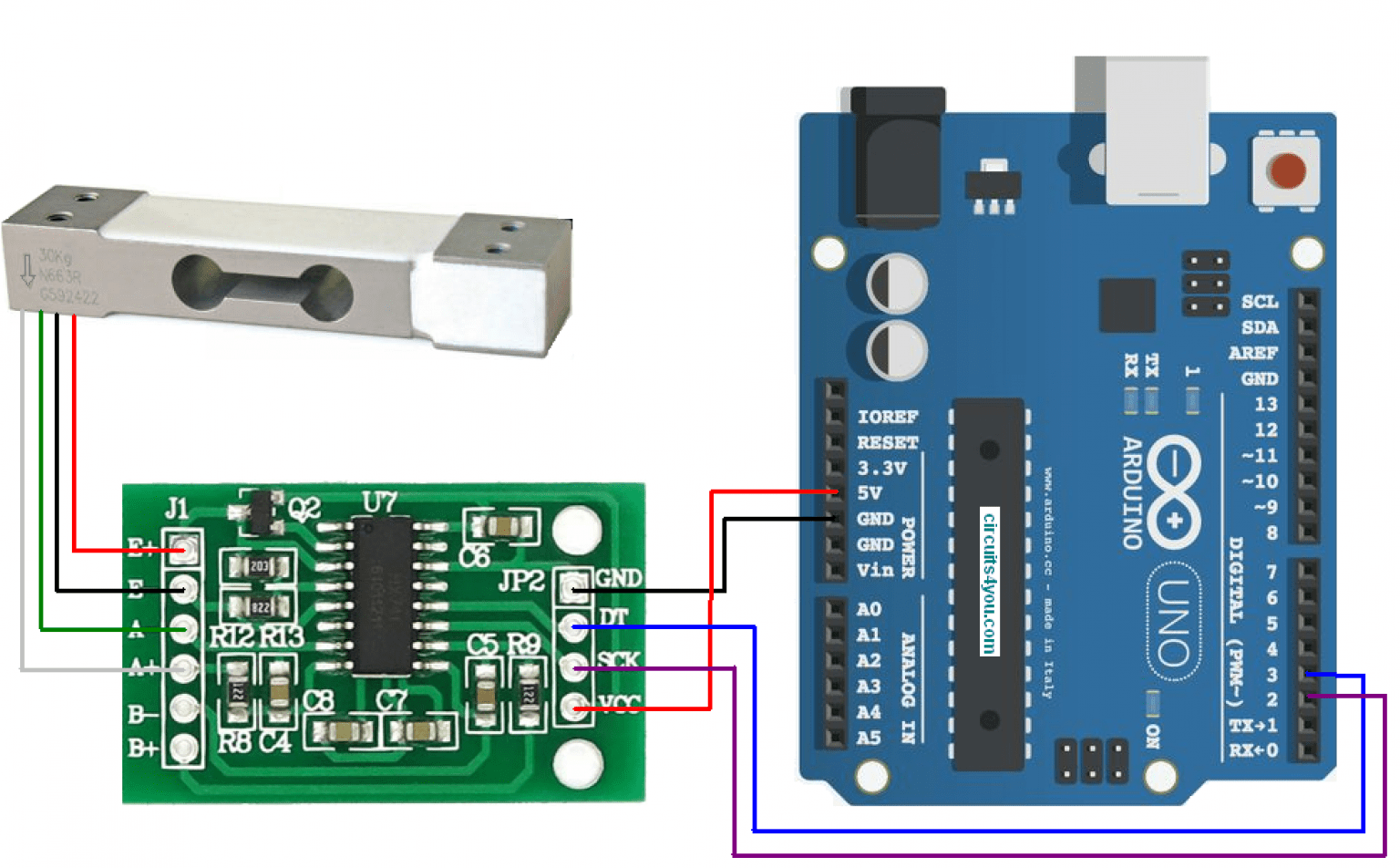Views: 222 Author: Tina Publish Time: 2024-11-07 Origin: Site











Content Menu
>> Definition and Functionality
● Operational Amplifiers: An Overview
>> What is an Operational Amplifier?
>> Key Characteristics and Configurations
>> Role of Operational Amplifiers in Signal Conditioning
● Connecting Load Cells to Operational Amplifiers
>> Step-by-Step Connection Guide
● Signal Conditioning Techniques
>> Importance of Signal Conditioning
>> Using Instrumentation Amplifiers
>> Differential Amplifier Configurations
>> Case Study: Weighing Scales
>> Integrating Load Cells with Microcontrollers (e.g., Arduino)
>> Real-World Examples of Load Cell Applications
● Troubleshooting Common Issues
>> Ensuring Accurate Measurements
>> 1. What is the difference between a load cell and a strain gauge?
>> 2. How do I calibrate a load cell?
>> 3. Can I use a load cell with a Raspberry Pi?
>> 4. What are the common types of load cells?
>> 5. How do I troubleshoot a load cell circuit?
Load cells are essential components in various applications, particularly in weighing systems. They convert mechanical force into an electrical signal, which can be measured and analyzed. However, the output from a load cell is typically very small, necessitating the use of operational amplifiers (op-amps) for signal conditioning. This article will explore how to connect load cells to operational amplifier circuits, ensuring accurate and reliable measurements.
A load cell is a transducer that converts force or weight into an electrical signal. It operates on the principle of strain gauges, which change resistance when deformed. The most common type of load cell is the Wheatstone bridge configuration, which provides a balanced output that can be amplified.
There are several types of load cells, including:
- Compression Load Cells: Used for measuring compressive forces.
- Tension Load Cells: Designed to measure tensile forces.
- Shear Beam Load Cells: Ideal for applications requiring high accuracy.
Load cells are widely used in industrial scales, medical devices, and automotive testing. Their ability to provide precise measurements makes them invaluable in quality control and research.

An operational amplifier is a high-gain voltage amplifier with differential inputs. It is used in various applications, including signal conditioning, filtering, and mathematical operations.
Op-amps can be configured in several ways, including inverting, non-inverting, and differential configurations. Each configuration serves different purposes in signal processing.
In load cell applications, op-amps amplify the small output signal from the load cell, making it suitable for further processing. This amplification is crucial for accurate measurements.
To connect a load cell to an operational amplifier, a basic understanding of the wiring is essential. Below is a simple wiring diagram illustrating the connection between a load cell and an op-amp.
1. Identify Load Cell Wires: Typically, load cells have four or six wires. The common color coding includes red (excitation+), black (excitation-), green (signal+), and white (signal-).
2. Connect to Op-Amp: Connect the signal wires from the load cell to the input of the operational amplifier. Ensure proper grounding to avoid noise.
3. Power the Op-Amp: Provide the necessary power supply to the op-amp, usually between ±5V to ±15V, depending on the op-amp specifications.
- Incorrect Wiring: Double-check the connections to avoid misreading the signals.
- Neglecting Grounding: Proper grounding is essential to minimize noise and interference.
Signal conditioning is crucial for enhancing the quality of the signal from the load cell. It involves filtering, amplifying, and converting the signal to a usable form.
Instrumentation amplifiers are ideal for load cell applications due to their high input impedance and ability to reject common-mode noise. They provide precise amplification of the differential signal from the load cell.
A differential amplifier can also be used to amplify the difference between the load cell's output signals. This configuration is particularly useful in noisy environments.

In digital weighing scales, load cells are used to measure weight. The amplified signal from the load cell is processed by a microcontroller, which displays the weight on a digital screen.
Integrating load cells with microcontrollers like Arduino allows for easy data acquisition and processing. The following diagram illustrates a typical setup.

Load cells are used in various industries, including:
- Food and Beverage: For accurate portion control.
- Manufacturing: In quality control processes.
- Healthcare: In patient monitoring systems.
Signal noise can significantly affect measurement accuracy. Use filtering techniques to minimize noise and ensure a clean signal.
Regular calibration of load cells is essential for maintaining accuracy. This involves comparing the load cell's output against a known weight and adjusting accordingly.
To ensure accurate measurements, always check the connections, calibrate the system regularly, and use high-quality components.
Connecting load cells to operational amplifier circuits is a fundamental skill in electronics, particularly in applications requiring precise measurements. By understanding the principles of load cells and operational amplifiers, and following proper connection and conditioning techniques, one can achieve reliable and accurate results.

A load cell is a complete device that converts force into an electrical signal, while a strain gauge is a component that measures strain and is often used within load cells.
Calibration involves applying known weights to the load cell and adjusting the output signal to match the expected values.
Yes, load cells can be interfaced with Raspberry Pi using appropriate ADC (Analog to Digital Converter) modules.
Common types include compression, tension, and shear beam load cells, each suited for different applications.
Check the wiring, ensure proper grounding, and use filtering techniques to minimize noise. Regular calibration is also essential for accurate measurements.
This article provides a comprehensive overview of connecting load cells to operational amplifier circuits, ensuring that readers can effectively implement these systems in their projects.
content is empty!
Contact:
Phone: +86 18921011531
Email: nickinfo@fibos.cn
Add: 12-1 Xinhui Road, Fengshu Industrial Park, Changzhou, China